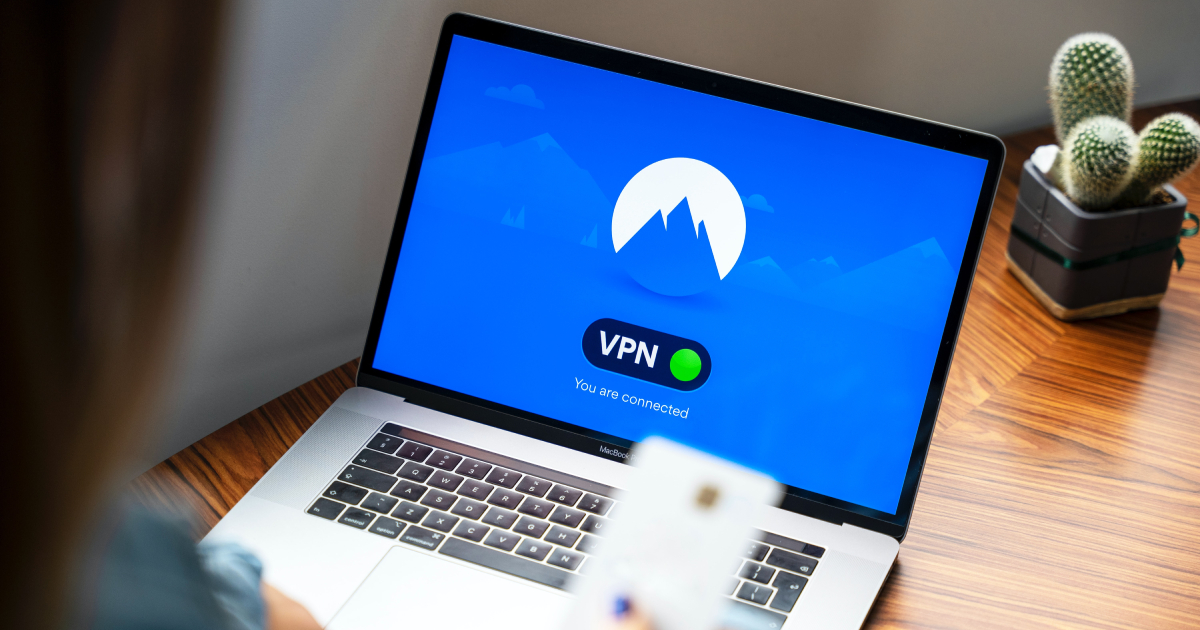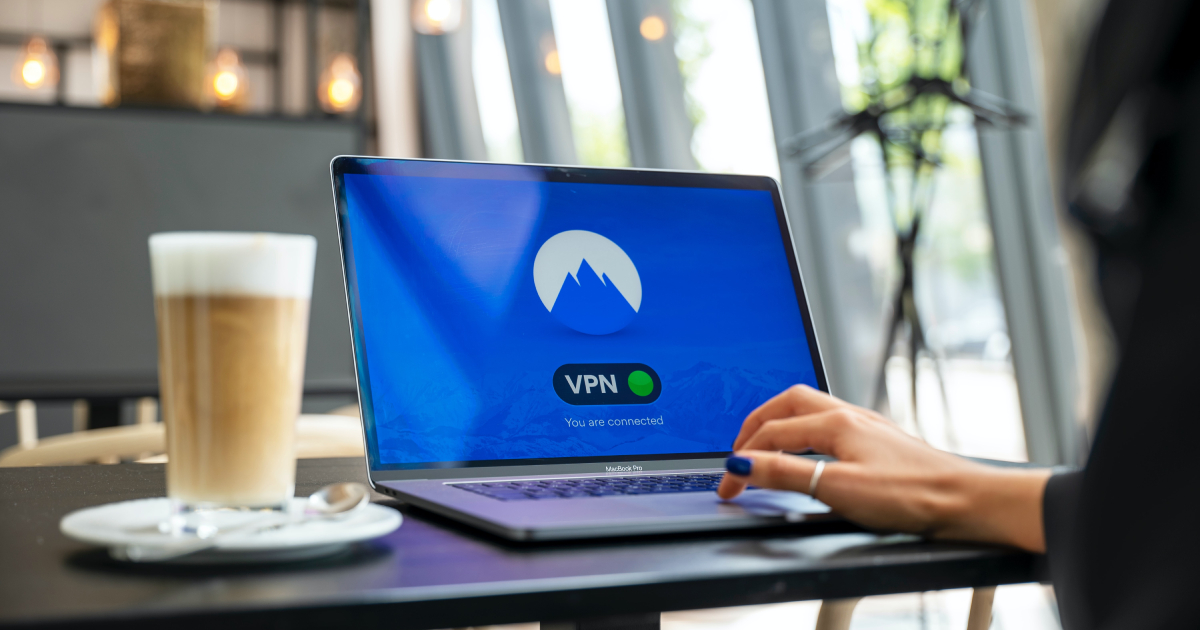As technology has evolved, remote work has become an essential part of the business landscape. But not all employees have the same security needs. Some companies have been able to find success with corporate VPNs, but others find that they aren’t secure enough.
If your company has decided that a VPN isn’t the best solution, you are not out of luck. You can find multiple alternatives to corporate VPNs in the market. Here is your ultimate guide to alternatives to using a corporate VPN.
What is a Corporate VPN?

A VPN, or virtual private network, is a service that encrypts your internet connection and routes it through a remote server. It keeps your internet connection private and secure so you don’t have to worry about someone snooping on you or using your personal information without permission.
Shortcomings of Using a VPN for Remote Access
VPNs are useful for internet users who want to protect their online privacy and security. However, there are some shortcomings in using a VPN. For instance, VPNs don’t encrypt the data that is sent across the network.
Besides, they slow down the internet connection by adding an extra layer of encryption and it can make it harder to access certain websites or apps. Companies have made large investments in remote access in recent years.
However, remote access to company networks is not without its dangers. Data breaching is common when using a basic VPN connection since third parties can expose your business network to attackers.
You can invest in some alternatives to VPNs for remote access as they provide secure remote access without compromising on speed or privacy. Here is a list of some great alternatives to corporate VPNs to have a faster and more secure user experience.
Mobile Device Management

MDM (Mobile Device Management) is a process that allows your company to manage the devices that are being used by employees. This process helps you to secure your data and prevent unauthorized access.
Further, it allows you to keep control over employees’ use of company resources and prevent the leakage of confidential information. MDM (Mobile Device Management) systems offer some key capabilities including:
- MDM allows organizations to centralize their settings and policies for multiple devices in one location. They can configure settings, track usage, and enforce policies across all devices. Thus, it reduces the amount of time spent on device management.
- It is a solution to the challenges of maintaining personal and professional use of devices. It allows you to create separate profiles for your work or personal activities on your company-owned device. This way, you can control what apps are allowed for each profile. It allows you to keep your personal and professional data from conflicting with one another.
- It simplifies IT management for the enterprise. It enables an IT administrator to provision, manage and monitor devices and applications on the network.
Identity and Access Management
Identity and access management (IAM) is the process of making sure your employees have access to the tools they need to execute their tasks. It involves ensuring that data is stored in a way that allows you to maintain control over who has what information and where it is located.
Companies that want to increase their productivity and become more competitive in the market are incorporating IAM systems into their business.
The systems allow employees to use a single login to access all of the devices and software they need and manage them remotely. It is not just about remote connectivity anymore.
It is becoming more important with the increasing use of mobile devices and apps for work purposes. It can govern robotic and Internet of Things (IoT) devices as well, such as your thermostat or a smartwatch.
These possibilities can make positive changes to individual business operations in ways that would not be possible by using a random VPN connection.
Zero Trust Network Access (ZTNA)

The zero-trust model is a way to increase trust and transparency by removing the unnecessary layers of security that exist in most enterprises. Network access is a privilege, and we need to be aware of the potential vulnerabilities that come with it.
The common mistake users make is connecting to a private application with their work or personal network credentials. This could result in the loss of data, damage to networks, and even information breaches if the user is accessing sensitive information.
The zero-trust model emphasizes the fact that Network access should never be granted on private applications. The user risks allowing unintended users to gain access, which can result in decreased privacy and potential damage to a company’s reputation.
Additionally, it ensures that private resources of a remote network including sensitive information must be invisible to the internet.
Cloud-Only Environment
Cloud-only environments are a popular option for companies with remote employees. Cloud-only environments provide secure and remote access to the company’s data and services. They also provide high levels of flexibility, scalability, and cost savings.
However, the cloud is not a one-size-fits-all solution and companies should carefully weigh their options before deciding on an IT strategy. Cloud-only environments offer the following benefits:
- High levels of flexibility – cloud-only environments can be scaled up or down easily without any downtime.
- High level of security – cloud services are typically more secure than onsite servers because they’re hosted in a secure data center.
- Scalable – the infrastructure is built on multiple servers that can run in parallel.
Conclusion
With the increasing popularity of VPNs, it is important to know that there are other ways to gain remote access as well. These methods are less expensive and provide more security than a VPN.
Virtual Private Networks have become a popular way for people to secure their online identity, but they can also be used for malicious purposes. These alternative methods of remote access can help you avoid the threats posed by VPNs and provide a more secure connection.
